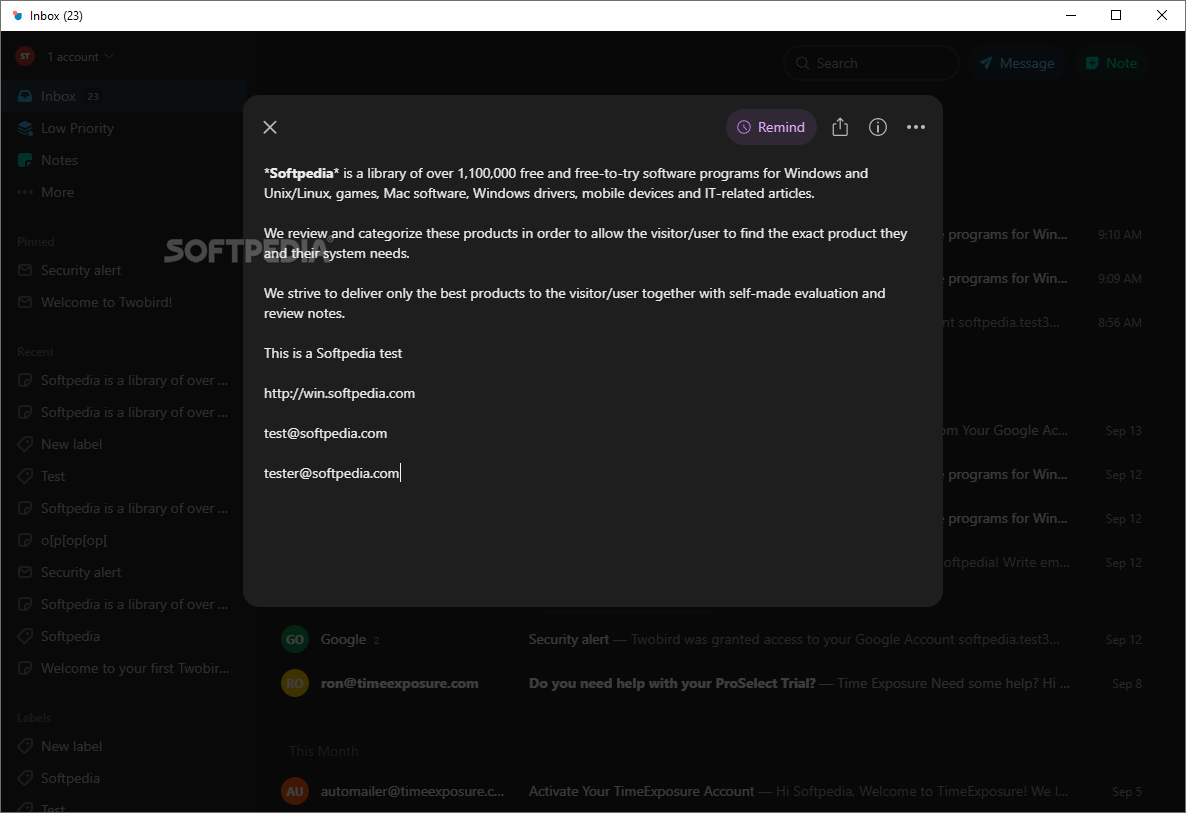
These were much closer, so we were really satisfied with the first-class views we got! It was time to drive to the Hortobágy National Park. We decided to try another nearby location, where we found another flock of 42 Great Bustards. It was a great a view, but the birds were a bit distant. Scanning from a high point we spotted a flock of 27 males. However, our target here was the magnificent Great Bustards. There were plenty of Hen Harriers around, a small flock of Corn Bunting and our first Eastern Imperial Eagle (an adult) of the tour majestically sitting on the top of a willow tree. The landscape is quite varied here with extensive farmlands and alkaline or sandy grasslands. We did some birdwatching close to Budapest while we still had some daylight. The Hortobágy is three hours drive from here and the days are short at this time of the year. The group met at the Budapest Airport at 13:00. The only obstacle was the morning fog on our third day, however we always found a way of birdwatching which was enjoyable even in the thickest fog.įrom next year (2019) we will also include an optional visit to the Bükk Hills on our last day of the tour for wintering Wallcreeper, depending on the arrival date of these fantastic birds. We saw six species of woodpeckers, Ferruginous Ducks, Pygmy Cormorants, Long Eared Owls on their day roost and a couple of local rarities like Great White Pelican or Spotted Nutcracker. We saw a total of 69 Great Bustards, tens of thousands of Common Cranes and many species of raptors, like daily encounters with Eastern Imperial Eagles, a nice Great Spotted Eagle and superb views of The supporting cast on this very short tour was also great. Thanks to this perfect view, the Lesser White-fronted Goose was voted the ‘bird of the trip’. Our best views were related to a single individual which was so close to us as it almost filled the entire view in the scopes – in perfect light. We regularly found Lesser White-fronted Geese in the big geese flocks as well, and seven individuals was our maximum count in one flock. Some of the views were superb as sometimes they were really close to us. The circumstances were ideal for our wild goose chase!Īltogether in just three days proper birding we had nine encounters with Red-breasted Geese, and we saw 366 individuals in total - the biggest flock contained 129 indviduals. In the last five years seeing the two rare and threatened geese in the Hortobágy National Park in November became reliable! This year everything was ‘on time’ and there was a large influx of Greater White-fronted Geese from the very last days of October with many Red-breasted Geese arriving too. A very similar process - though to a smaller extent - can be observed in the case of the Western Siberian population of the Lesser White-fronted Goose. As a result, while flying from their breeding area - the Taymyr Peninsulas - to South-east Europe, more and more of these beauties visit Hungary and staging in the Carpathian Basin utill the cold winter weather arrives.

The flyway route of the Red-breasted Geese has been shifting in recent years. The main aim of this trip however is to see two threatened goose species within one short tour: Red-breasted and Lesser White-fronted Goose.


The third Red-breasted Goose Special Tour in a row organized by Sakertours was a successful trip again! We recorded 121 species of birds, which is very high number for such a short tour in November. Participants: Gábor Simay and others Comments Red-breasted Goose Special - Winter Birding in Hungary 3 - 7 November, 2018 Published by Zoltan Baczo (baczozoli AT )


 0 kommentar(er)
0 kommentar(er)
